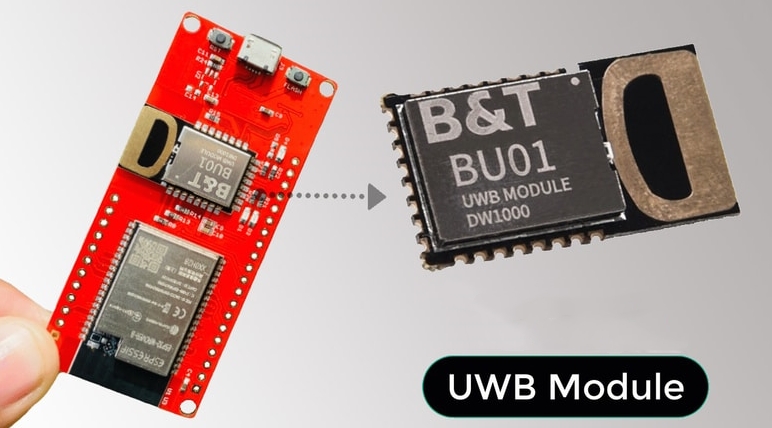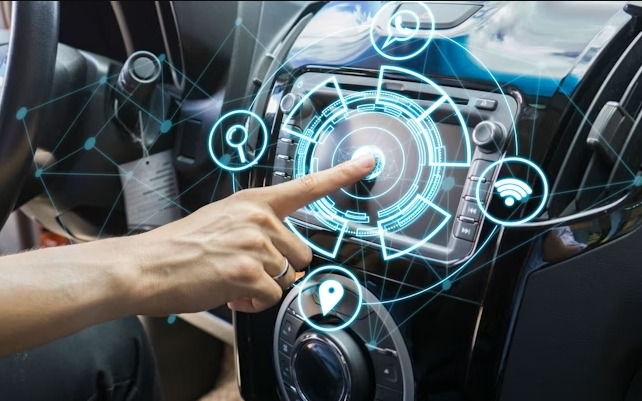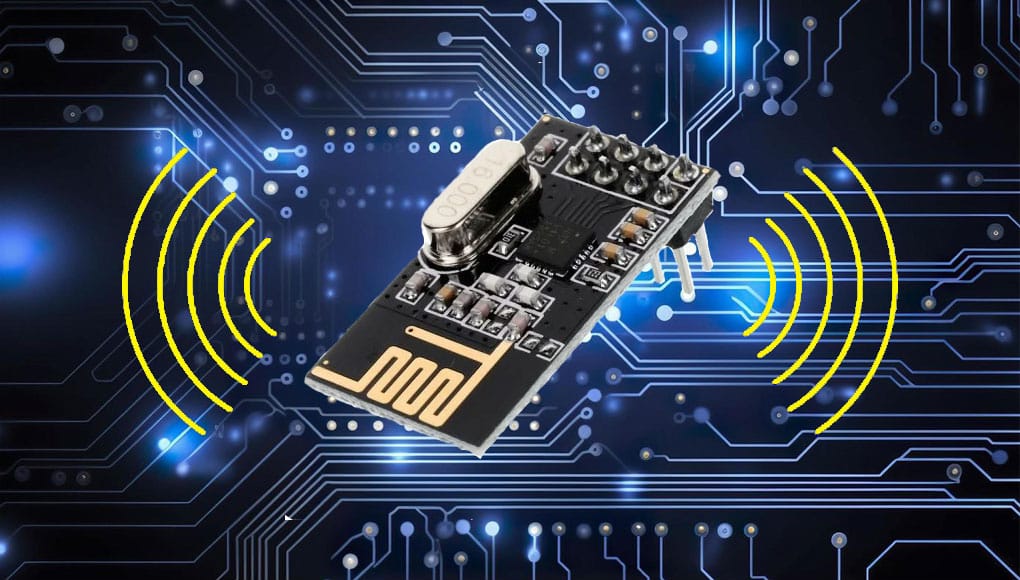UWB Modules and the Impact on Contactless Payment Solutions
While UWB technology has garnered significant attention for its high-precision location tracking and rapid data transmission capabilities, its impact extends far beyond location-based services. It is increasingly being integrated into UWB modules to enhance contactless payment solutions. Speed, accuracy, and security are crucial in contactless payments. Traditional NFC (Near Field Communication) technology has long been the standard for contactless payments. However, UWB modules offer numerous advantages, including greater accuracy and security.
How UWB Modules Enhance Payment Security
Security remains a primary concern for contactless payments. While NFC has made significant strides in secure transactions, UWB Modules offer next-level encryption and communication protocols that reduce the chances of fraud or unauthorized access.
Unlike NFC, which operates on a fixed frequency, UWB Modules use a wide range of frequencies, making it far more difficult for attackers to interfere with or spoof the communication between devices. This advanced security is crucial for safeguarding sensitive data during payments, particularly as financial transactions evolve into more complex and high-value operations.
Accuracy and Precision in Payment Transactions
When it comes to contactless payment solutions, accuracy and precision are key. UWB Module offers incredibly accurate proximity detection, down to a few centimeters. This means that transactions only occur when the payment device is within a precise range of the terminal.
This level of accuracy eliminates the issues commonly associated with NFC, such as accidental or unauthorized payments that can happen if devices are too close to each other. UWB ensures that users make payments intentionally and securely.
Faster Transaction Speeds with UWB Technology
Transaction speed is another significant advantage of UWB Modules in contactless payment systems. While NFC works well for most payments, its slower data transfer speed can cause delays, especially in busy environments such as retail stores or public transportation systems.
UWB Modules, however, offer faster data transmission, enabling quicker interactions between devices. This speed ensures that payment transactions are processed in real time, improving customer satisfaction and optimizing operational efficiency in environments where large volumes of transactions occur.
UWB Modules and Reduced Interference in Payment Systems
One major challenge with NFC-based contactless payments is interference from other nearby electronic devices. Since NFC operates within a limited frequency range, it can be susceptible to interference, which may result in transaction errors or delays.
UWB Modules, on the other hand, operate over a much broader frequency spectrum, reducing the likelihood of interference. Their ability to coexist with different technologies in the same physical space without disrupting performance makes them ideal for crowded, high-traffic environments, such as airports, malls, or public transit systems.
Integration of UWB Modules in Mobile Devices for Payments
A key factor driving the adoption of UWB Modules in contactless payments is their seamless integration into mobile devices. Smartphones and smartwatches equipped with UWB chips can serve as payment devices, allowing users to make secure payments by simply holding their device near a payment terminal.
The integration of UWB Modules in consumer electronics, such as smartphones, enhances the convenience of contactless payments, making them more accessible to users. As this technology spreads, mobile-based payment solutions are set to surge and dominate the future of transactions.
The Role of UWB in the Future of Digital Wallets
As digital wallets become more popular, the UWB Module will play a central role in shaping the future of mobile payments. Unlike traditional wallets, digital wallets enable users to store multiple payment options, including credit cards and loyalty programs, in a single device.
UWB Modules add a layer of convenience and security to this experience. For instance, users could authenticate their payment through biometric recognition, such as fingerprint or facial recognition. At the same time, the UWB system ensures the payment happens only near the terminal. This seamless integration of authentication, payment, and communication will make mobile wallets the go-to choice for transactions in the future.
Challenges and Opportunities with UWB Modules in Contactless Payments
Despite the many advantages, the integration of the UWB Module into contactless payment solutions still faces some challenges. For instance, there are ongoing concerns regarding the standardization of UWB technology across different platforms and devices. Interoperability and ensuring uniform implementation across various hardware and software platforms are key hurdles.
However, as the technology matures and more industries adopt UWB Modules for payment solutions, these challenges will likely be addressed. The growing demand for more secure, accurate, and efficient digital payment systems presents a massive opportunity for UWB technology to become a cornerstone of the next-generation contactless payment systems.
The Future of UWB Module in Payment Solutions
UWB modules will play an increasingly important role in shaping the future of digital payments by offering greater security, accuracy, speed, and interoperability. As businesses and consumers continue to seek more efficient and secure ways to transact, UWB technology will play an increasingly important role in shaping the future of digital payments.







